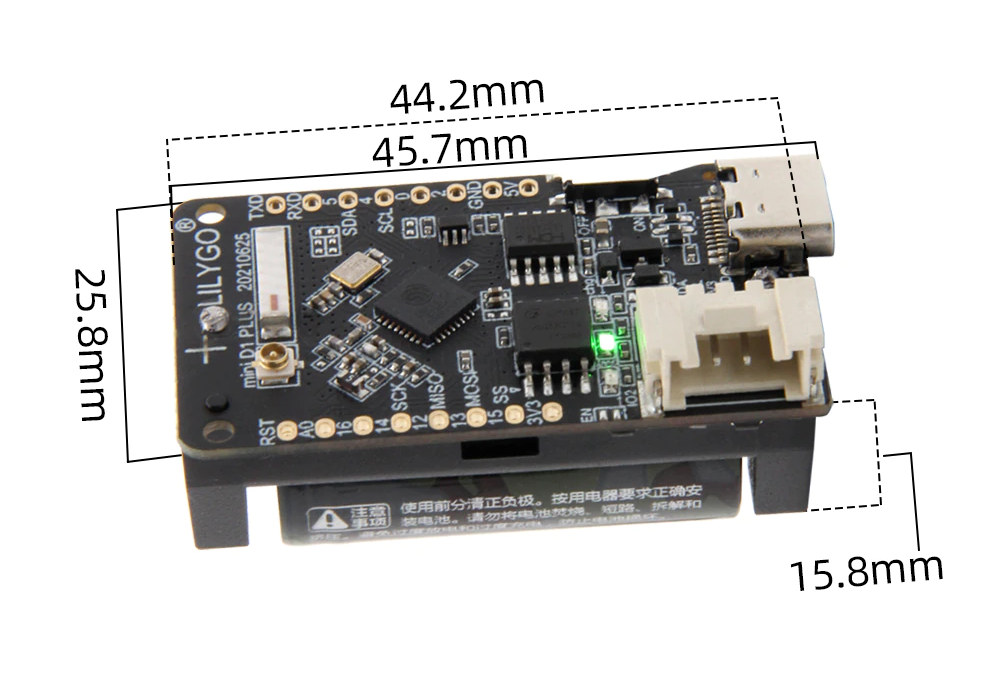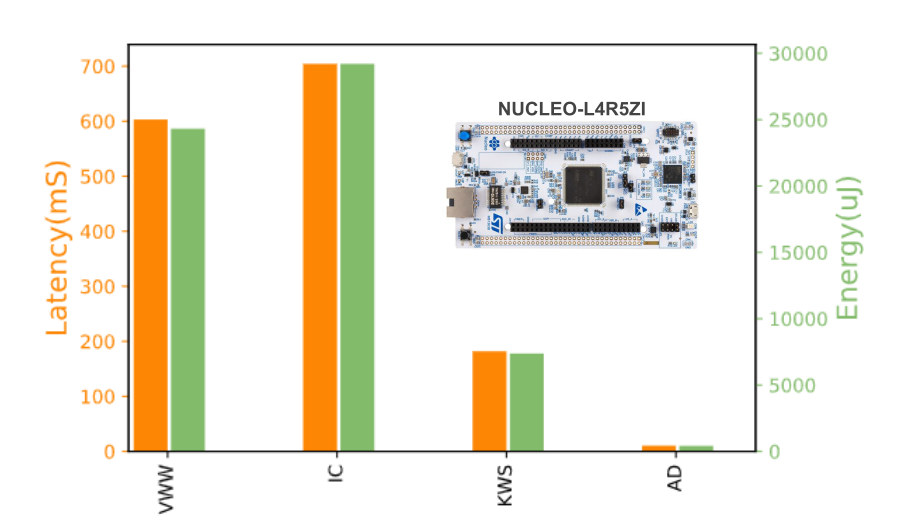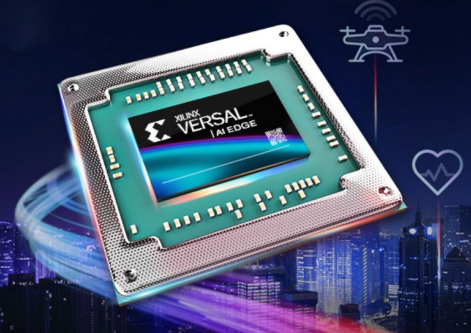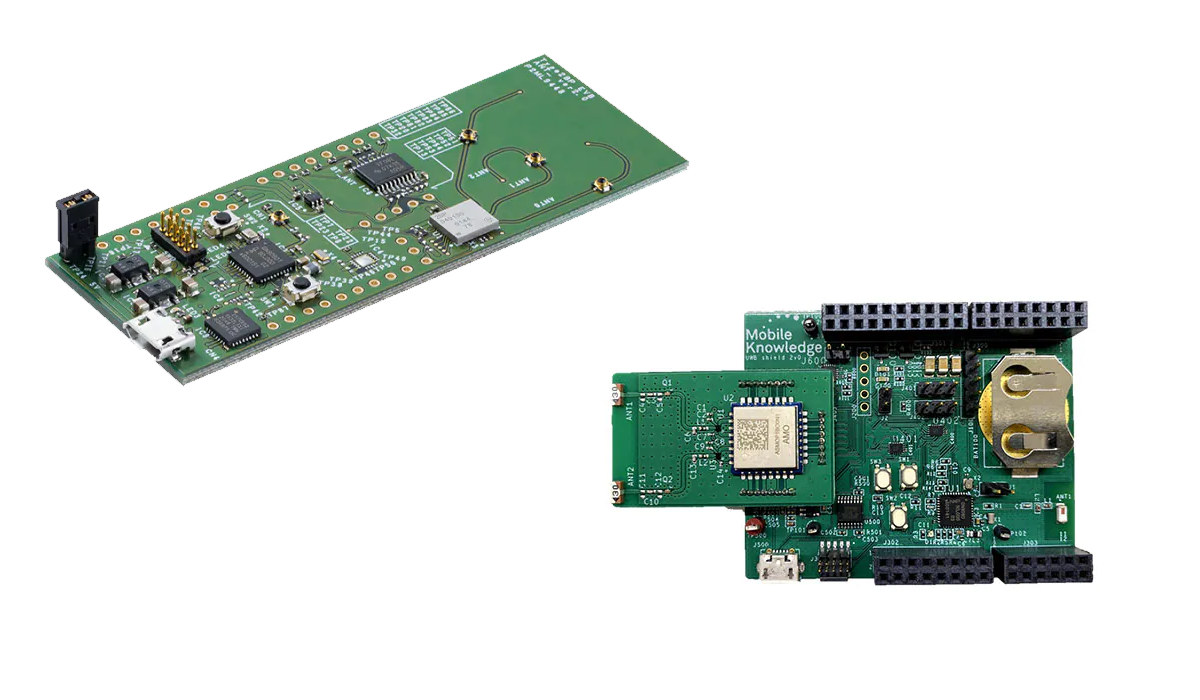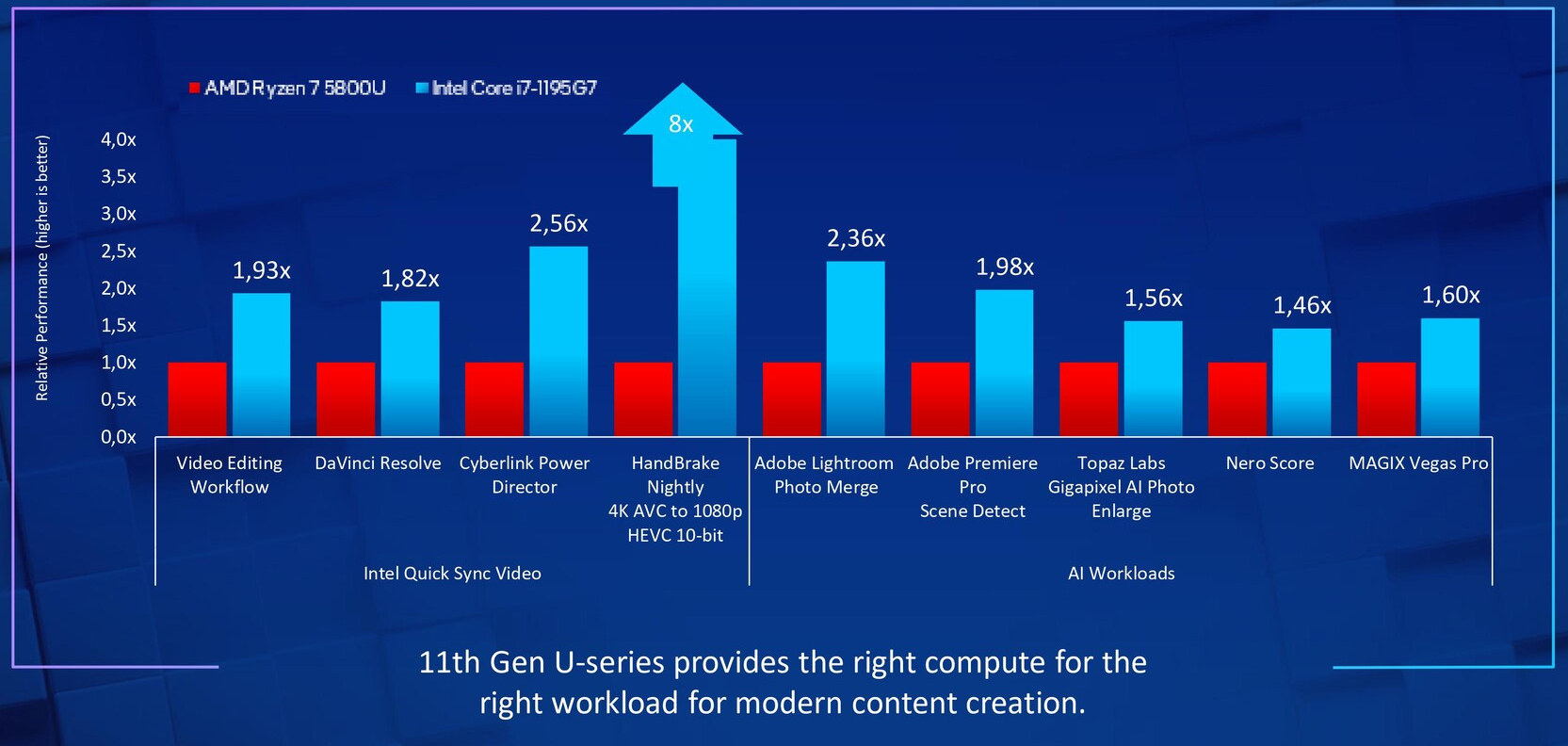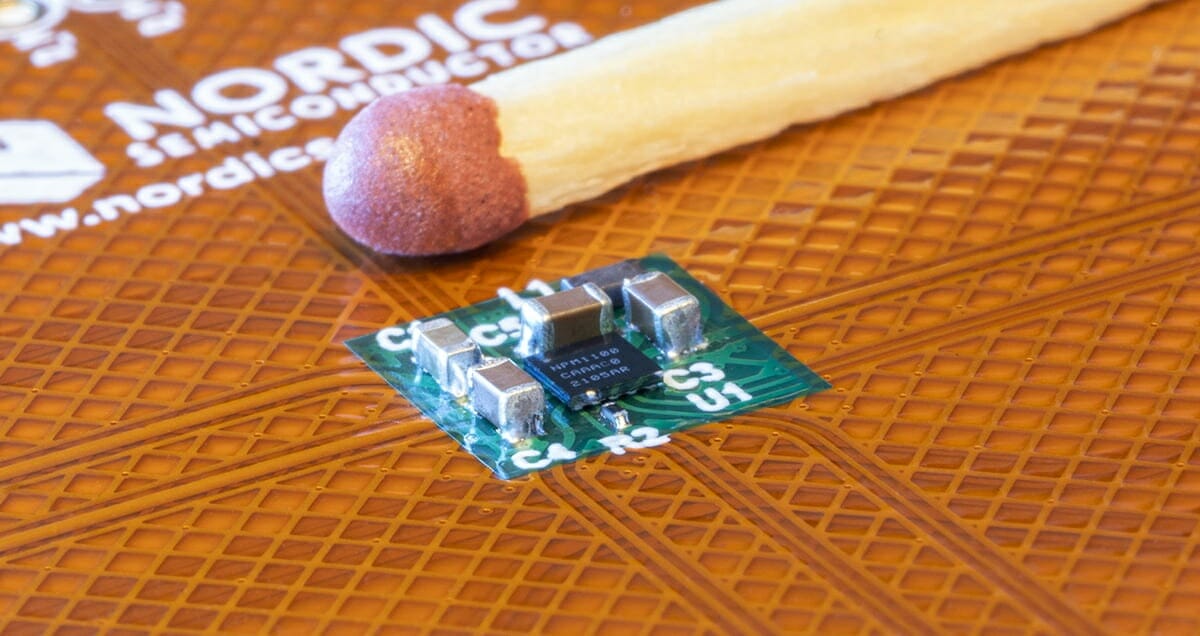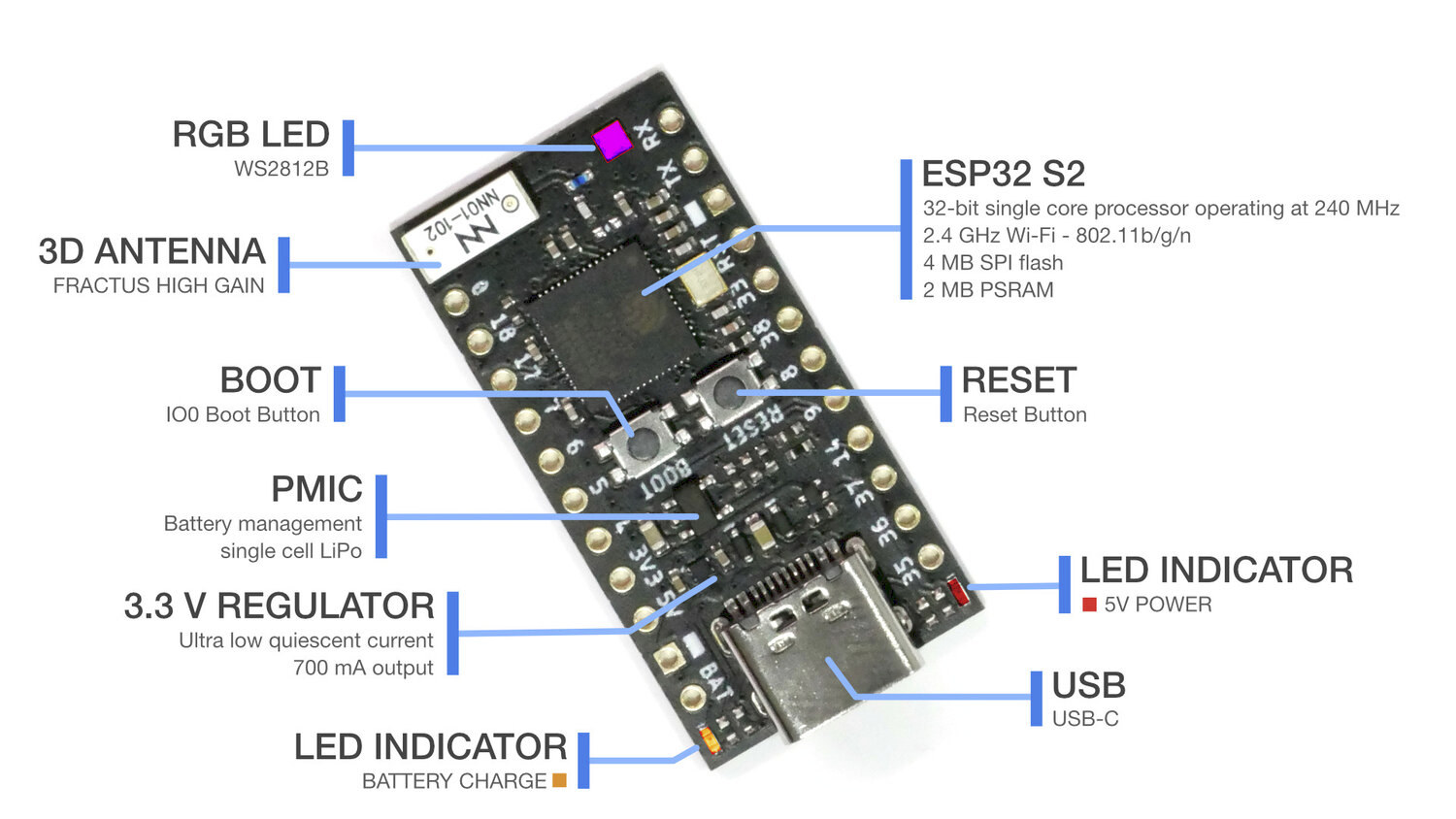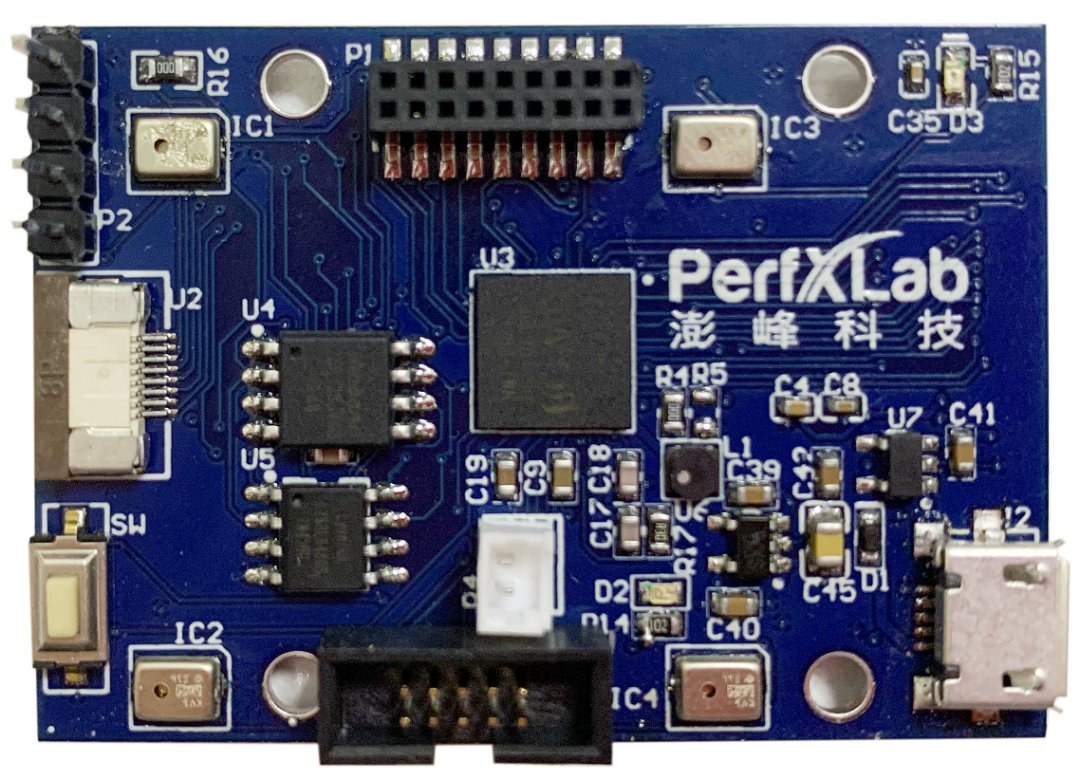It looks like ESP32-C3 floodgates have opened. We’ve just written about several NodeMCU ESP32-C3 boards, and now there’s another board with the RISC-V WiFI & Bluetooth processor. Meet LilyGo TTGO T-OI PLUS equipped with a 16340 battery holder. Getting a battery-powered ESP32-C3 board could prove to be very interesting as ESP32-C3 power consumption is much lower than ESP8266 and ESP32, notably in deep sleep mode, where the RISC-V processor consumes just 5uA, against 20 uA for ESP8266 and ESP32, and the difference is even greater in light sleep mode (ESP8266: 2000 uA vs ESP32-C3: 130 uA). LilyGo TTGO T-OI PLUS specifications: SoC – Espressif Systems ESP32-C3 single-core RISC-V processor @ 160 MHz with 2.4 GHz WiFi, Bluetooth 5.0 LE Storage – TBD flash (probably 2MB or 4MB) Antenna – Ceramic antenna and IPEX connector USB – USB-C port for power and programming Expansion 2x 8-pin headers with 12x GPIO, 1x […]
Benchmarking TinyML with MLPerf Tiny Inference Benchmark
As machine learning moves to microcontrollers, something referred to as TinyML, new tools are needed to compare different solutions. We’ve previously posted some Tensorflow Lite for Microcontroller benchmarks (for single board computers), but a benchmarking tool specifically designed for AI inference on resources-constrained embedded systems could prove to be useful for consistent results and cover a wider range of use cases. That’s exactly what MLCommons, an open engineering consortium, has done with MLPerf Tiny Inference benchmarks designed to measure how quickly a trained neural network can process new data for tiny, low-power devices, and it also includes an optional power measurement option. MLPerf Tiny v0.5, the first inference benchmark suite designed for embedded systems from the organization, consists of four benchmarks: Keyword Spotting – Small vocabulary keyword spotting using DS-CNN model. Typically used in smart earbuds and virtual assistants. Visual Wake Words – Binary image classification using MobileNet. In-home security […]
Xilinx announces Versal AI Edge Series with Cortex-A72 & R5 cores, FPGA fabric
Edge AI solves the latency and security issues through on-device AI acceleration for optimal computations at a low power supply. Xilinx announces its Versal AI Edge Series which is 4th member of the Adaptive Compute Acceleration Platform (ACAP) family. The versal series consists of seven models ranging from VE2002 to VE2802 with the processor fabrication on 7 nm silicon technology. Talking more about ACAP, it is a platform that provides a combined essence of a processor and FPGA. The processing features efficient memory and I/Os, whereas programmable arrays allow logical control over the hardware. Also, as Xilinx specializes in FPGA products, the additional support of computational features makes the ACAP hardware even more flexible and dynamic. The Versal AI Edge series features different types of engines for specific functionalities in terms of adaptable, scalar, and intelligent engines. The seven processor models vary with respect to engine and platform specifications. However, […]
NXP’s Ultra-Wideband (UWB) evaluation kits work with Apple U1 chip
The Fira Consortium was established in 2019 to provide an Ultra Wide-Band (UWB) ecosystem for real-time centimeter accuracy indoor positioning with companies such as NXP Semiconductors and Samsung Electronics on board. More companies have joined since then including Apple which designed its own UWB chip – the Apple U1 – found in recent iPhone 11 & 12 smartphones, as well as Apple Watch Series 6 to enable “Nearby Interaction“. If you’d like to develop UWB-enabled IoT applications, NXP has announced two beta UWB evaluation kits – developed with partners – compatible with Apple U1: Murata Type2BP EVK and MobileKnowledge’s UWB Kit Mobile Edition. Murata Type2BP EVK Specifications: Wireless chips/modules Murata’s Type2BP ultra-small UWB module based on NXP Trimension SR150 Arm Cortex-M chip for IoT devices. 802.15.4z compatible and supports 3D AoA (Angle-of-Arrival) for extra precision. NXP QN9090 Arm Cortex-M4 Bluetooth 5.0 LE SoC with 640 KB flash, 152 KB RAM, […]
Intel Core i7-1195G7 Tiger Lake mobile processor reaches up to 5 GHz
Intel introduced the Tiger Lake family of processors last September with the 7-15W UP4-Series SoCs, and the more powerful 12-28W UP3-Series processors. The company has announced two new Tiger Lake processors at Computex 2021 with the Core i5-1155G7 and Core i7-1195G7 U-Series with the latter reaching up to 5.0 GHz with Intel Turbo Boost on a single core to compete and in some cases outperform AMD Ryzen 5000-series mobile processors. While reaching 5GHz on a 28W processor is a nice milestone, nothing much has changed as we can see from the table above, except for tweaks in the CPU and GPU frequency. The base frequency has actually been slightly lowered in the new part, but the Turbo frequencies for single-core and all cores have been increased. Intel did share some performance slides comparing a Core i7-1195G7 system to one with AMD Ryzen 7 5800U. The first slide shows casual gaming […]
Nordic Semi nPM1100 PMIC combines battery charger and regulator in tiny WLCSP package
Nordic Semi is well-known for its 2.4GHz multi-protocol chips such as nRF52840 or nRF52832 that are typically found in battery-powered devices such as smartwatches with Bluetooth connectivity. But once rechargeable batteries are involved that means a charging circuit is needed, and for instance, PineTime nRF52832 based watch relies on SGMicro SGM40561 Li-Ion battery charger and SGM2036 low-power regulator. So Nordic Semi has decided to get involved in the power management business and launched its first PMIC with nPM1100 combining a USB-compatible Li-ion/Li-Po battery charger and an efficient DC/DC buck regulator in a single, compact WLCSP package. Nordic Semi nPM1100 PMIC key features and specifications: 400 mA battery charger USB compatible input regulator Up to 150 mA of regulated voltage output at 1.8, 2.1, 2.7, or 3.0 V Overvoltage protection Ship mode disables power output Low quiescent currents Drivers for charge and error LEDs Supports Lithium-Ion and LiPo batteries with a […]
TinyS2 ESP32-S2 board is designed for battery operation
Unexpected Maker has launched a follow-up to the ESP32 based TinyPICO board with TinyS2 board equipped with an ESP32-S2 WiFi processor featuring 4MB flash and 2MP embedded PSRAM. The new board is still designed with a LiPo battery charging circuit, comes with an onboard RGB LED, and while it is compatible with TinyPICO form factor, it has become a little longer with a 41 x 17.8mm footprint to accommodate for extra I/Os. TinyS2 specifications: WiSoC – Espressif Systems ESP32-S2FN4R2 single-core processor @ 240 MHz with 4MP SPI flash, 2MP PSRAM Connectivity – 2.4 GHz 802.11b/g/n WiFi 4 plus 3D antenna USB – 1x USB Type-C port for power and programming Expansion – 12 + 11-pin headers for up to 17x GPIOs, SPI, I2C, UART, ADC, DAC, 5V, 3.3V and BAT signals Misc – Boot and Reset buttons, battery charging status LED, power LED, user-programmable RGB LED that can be shut […]
Perf-V Beetle board features GAP8 multi-core RISC-V AI MCU
GreenWaves Technologies introduced the GAP8 low-power RISC-V IoT processor optimized for artificial intelligence applications in 2018. The multi-core (8+1) RISC-V processor is especially suitable for image and audio algorithms including convolutional neural network (CNN) inference. The same year, the company launched the GAPUINO development kit that sold and (still sells) for $229 with QVGA camera and a multisensor board with four microphones, an STMicro VL53 Time of flight sensor, an IR sensor, a pressure sensor, a light sensor, a temperature & humidity sensor, and a 6-axis accelerometer/gyroscope. But there’s now a much more affordable solution to evaluate GAP8 multi-core RISC-V MCU with PerfXLab Perf-V Beetle board. Perf-V Beetle board specifications: MCU – GAP8 IoT Application Processor with 8x RISC-V compute cores, 1x RISC-V fabric controller core delivering up to 200 MOPS at 1mW and >8 GOPS at a few tens of mW System Memory – 64 Mbit SPI SRAM (LY68L6400SLIT) […]


